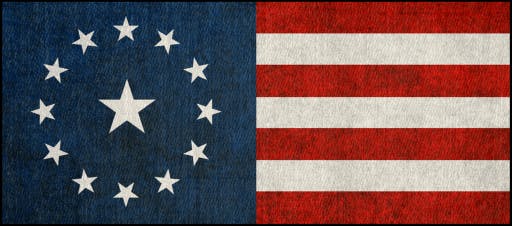In the heart of America’s greatest internal conflict—the Civil War—a bold and revolutionary monetary decision was made, one that still echoes in the corridors of financial power today. Faced with the need to fund the Union war effort and staring down European banking elites demanding 24% to 36% interest, President Abraham Lincoln rejected their terms. Instead, he authorized the printing of $450 million in Greenbacks, a debt-free, interest-free paper currency issued directly by the U.S. Treasury. These United States Notes—dubbed “Greenbacks” for their distinctive color—represented a radical departure from the growing stranglehold of private banks on national economies. Backed not by gold or debt but by the productive capacity and unity of the nation itself, Greenbacks financed the war, stabilized the economy, and affirmed the power of a sovereign government to issue its own currency without middlemen. At their peak, Greenbacks made up nearly 8% of the GDP, demonstrating their efficacy and power. But this direct challenge to the banking cartels would not go unanswered. After the war, the bankers struck back. The Panic of 1873 was not simply a random economic downturn—it was the engineered calling in of Greenbacks, coupled with the demonetization of silver, that collapsed the money supply, crashed the stock market, and triggered a depression that lasted for years. It was the financial equivalent of a coup, a power grab to force America back into the clutches of debt-based money. Out of the wreckage emerged the Greenback Party, a populist movement demanding that the government continue to issue debt- and interest-free money to break the private banking monopoly. Though noble in vision, the movement was undermined and eventually absorbed into the political machinery, its message diluted, and its momentum lost. By 1913, the banking elite succeeded in pushing through the Federal Reserve Act, creating a private central bank and cementing a century of monetary servitude, with every dollar issued as an interest-bearing loan to be repaid by the people. The lessons of the Greenback era are clear: real monetary sovereignty is possible, and governments can fund their needs without enslaving their people to debt. Yet history shows us that the cost of challenging the banking order is great—and the consequences of surrendering to it are greater still. The New Money Revolution is the modern echo of Lincoln’s bold stand: a call to restore the power of currency to the hands of the people, to reject debt-as-money, and to create a financial system built not on servitude, but on honest value, national dignity, and economic freedom. The Greenbacks were the first strike against the cartel’s empire—this revolution must be the last.




